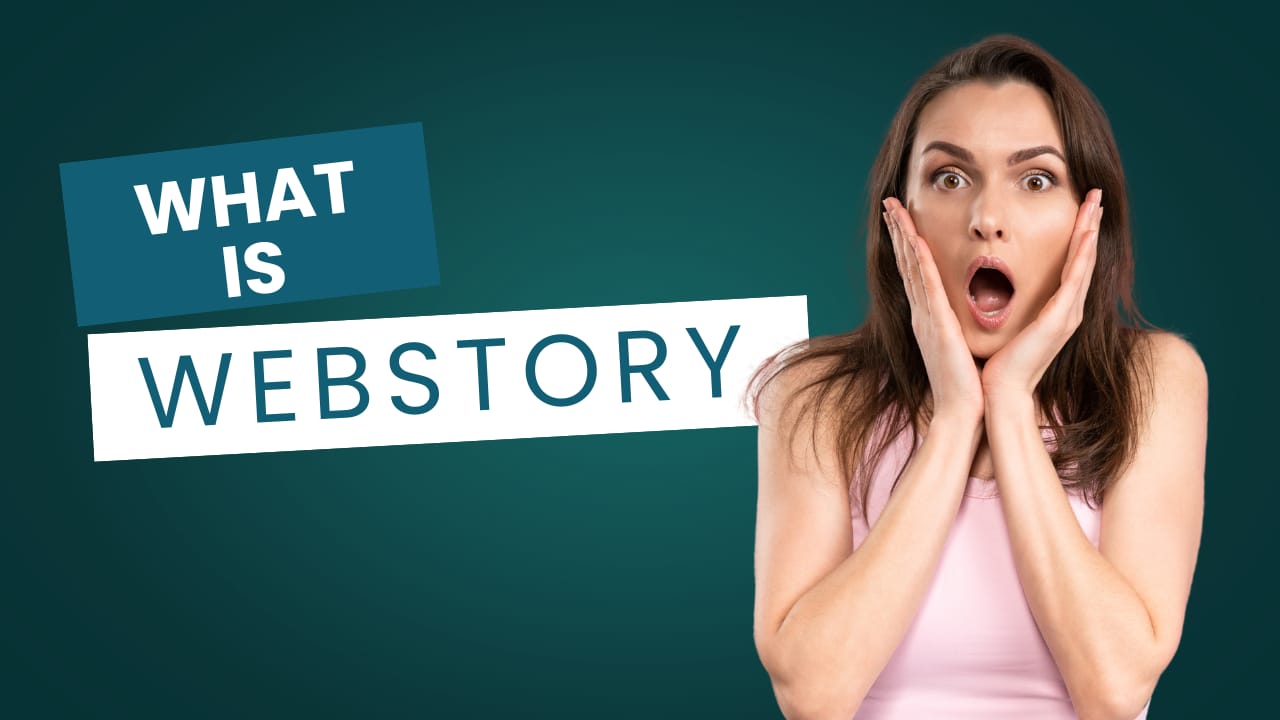The Complete Guide to Web Stories: Creation, Benefits & Monetization
WebStory the secret weapon for viral traffic , Table of Contents
- Introduction to Web Stories
- What Exactly Are Web Stories?
- How to Create Compelling Web Stories
- How Web Stories Benefit Viewers
- Monetization Opportunities with Web Stories
- Where Viewers Can Discover Web Stories
- Future Trends in Web Stories
- Conclusion & Next Steps
1. Introduction to Web Stories
Web Story? The Secret Weapon for Viral Traffic & Explosive Engagement!
In today’s fast-paced digital world, attention spans are shrinking while visual content consumption is skyrocketing. Web Stories have emerged as a powerful format that combines the engaging nature of social media stories with the permanence and discoverability of web content.
Originally launched by Google as AMP Stories in 2018, this format has evolved into what we now know as Web Stories – immersive, tappable, visual narratives that deliver information in bite-sized chunks. Major platforms like WordPress, MakeStories, and Canva now offer tools to create these visually rich experiences.
2. What Exactly Are Web Stories?
Definition & Core Characteristics
Web Stories are visually rich, full-screen mobile experiences that:
- Use vertical format (9:16 aspect ratio)
- Load instantly (built on AMP technology)
- Combine multimedia elements (images, videos, text, animations)
- Allow swipe-based navigation
- Remain permanently accessible (unlike ephemeral social media stories)
Technical Foundation
Built on open web standards (HTML, AMP), Web Stories are:
- Indexable by search engines
- Embeddable on any website
- Hosted on your own domain
- Not platform-dependent (unlike Instagram or Snapchat stories)
Examples of Effective Web Stories
- BuzzFeed’s Tasty Recipes – Step-by-step cooking guides
- National Geographic Travel – Breathtaking destination showcases
- CNN Breaking News – Visual news summaries
- E-commerce Product Launches – Interactive shopping experiences
3. How to Create Compelling Web Stories
Step-by-Step Creation Process
- Planning Your Story
- Define your objective (awareness, education, conversion)
- Storyboard your narrative flow
- Gather assets (images, videos, graphics)
- Choosing Creation Tools
- WordPress (Web Stories plugin)
- MakeStories (Drag-and-drop builder)
- Newsroom AI (AI-assisted creation)
- Canva (Templates for beginners)
- Design Best Practices
- Keep stories under 10 pages
- Use high-contrast text over images
- Maintain brand consistency
- Optimize file sizes for quick loading
- Enhancing Engagement
- Add interactive polls/quizzes
- Include swipe-up CTAs
- Use subtle animations
- Implement voice narration
- Publishing & Distribution
- Host on your website
- Submit to Google Discover
- Share across social channels
- Embed in email newsletters
4. How Web Stories Benefit Viewers
Enhanced User Experience
- Faster Loading: AMP technology ensures instant loading (53% of mobile users abandon sites taking >3 seconds to load)
- Mobile Optimization: Perfect vertical format for smartphone browsing
- Digestible Content: Bite-sized information chunks suit modern attention spans
Educational Value
- Visual Learning: 65% of people are visual learners (3M Corporation research)
- Step-by-Step Guides: Ideal for tutorials, recipes, how-tos
- Accessible Information: Simple presentation of complex topics
Entertainment & Discovery
- Immersive Storytelling: Combines visuals, text, and motion
- Serendipitous Discovery: Google surfaces relevant stories in Discover
- Interactive Elements: Polls, quizzes, and CTAs boost engagement
5. Monetization Opportunities with Web Stories
Direct Monetization Methods
- Advertising
- Display ads via Google AdSense
- Native ad placements
- Video pre-roll ads
- Affiliate Marketing
- Product showcase stories
- Embedded affiliate links
- Comparison stories
- Sponsored Content
- Branded stories
- Product placement
- Paid collaborations
Indirect Monetization
- Lead Generation: Email sign-up CTAs
- Product Sales: E-commerce integrations
- Premium Content: Gated story sections
Success Metrics
- Average RPM: 5−20 for quality content
- Top performers earn $50+ RPM
- Conversion rates 2-3x higher than traditional posts
6. Where Viewers Can Discover Web Stories
Primary Discovery Platforms
- Google Discover – Curated feed on Android/iOS
- Google Search – Appears in special carousels
- Publisher Websites – Embedded story sections
- Social Media – Shared links to stories
Emerging Distribution Channels
- Google Images – Visual search results
- Email Newsletters – Embedded story links
- PWA Apps – Progressive web applications
Viewer Statistics
- 500M+ users access Google Discover monthly
- Web Stories receive 2-3x higher CTR than regular posts
- 70% of Discover users engage with stories daily
7. Future Trends in Web Stories
Technological Advancements
- AI-Generated Stories: Automated content creation
- AR Integration: Augmented reality elements
- Voice Navigation: Hands-free story browsing
Industry Adoption
- E-commerce: Virtual try-on stories
- Education: Interactive learning modules
- Journalism: Immersive news experiences
Monetization Evolution
- Microtransactions: Pay-per-story models
- NFT Integration: Collectible story elements
- Dynamic Ads: Contextual ad placement
8. Conclusion & Next Steps
Web Stories represent a paradigm shift in digital content consumption, combining the best aspects of social media stories with the permanence and discoverability of web content. For creators and businesses, they offer:
- Unprecedented engagement opportunities
- Multiple monetization pathways
- Sustainable traffic sources
Actionable Next Steps:
- Experiment with free creation tools
- Repurpose existing content into story format
- Implement basic monetization strategies
- Track performance and optimize
The future of content is visual, interactive, and mobile-first – making now the perfect time to embrace Web Stories in your digital strategy.










